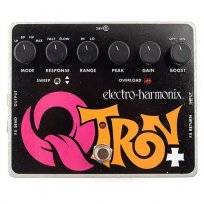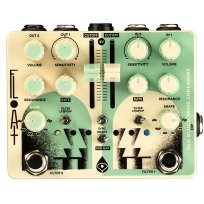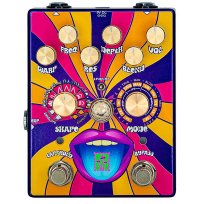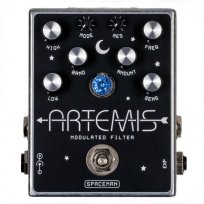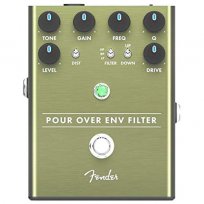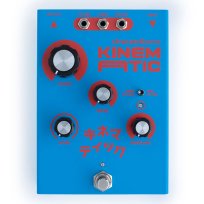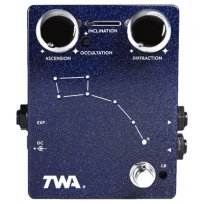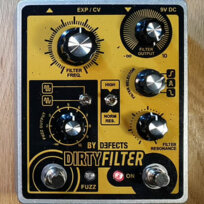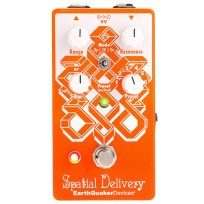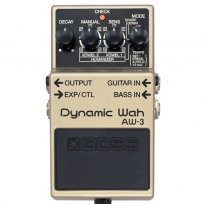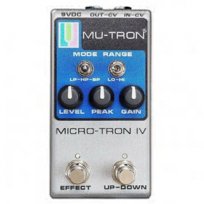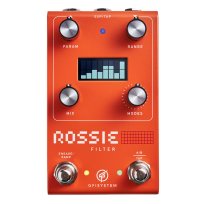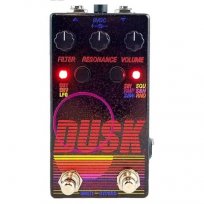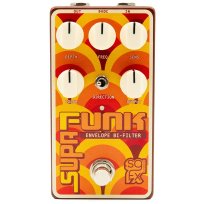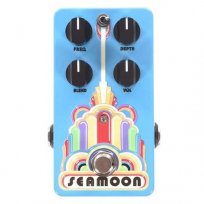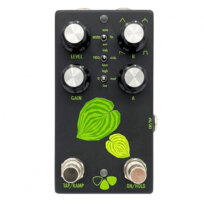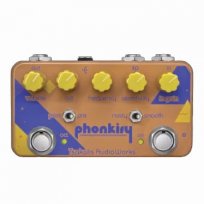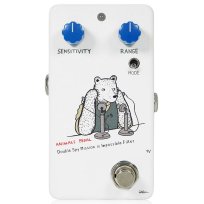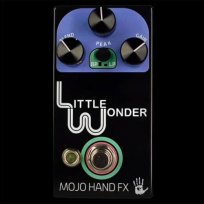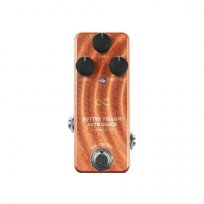If you are looking for the best envelope filter pedals for your budget and needs, you’ve come to the right place. This guide explains what this type of effect does while listing most of the pedals of this kind on the market, providing prices and a description of their features. You may also want to check out our separate guide about the best wah pedals, which are based on a similar circuit.
—
What Guitarists Use an Envelope Filter Pedal?
For being such a simple circuit, the envelope filter is a surprisingly versatile effect that can comfortably fit into a range of genres.
Jerry Garcia used his Mu-Tron to give his live solos energy and dynamism, while Herbie Hancock and Stevie Wonder employed the quacky synth-like sounds of the same pedal on Rhodes, Synth, and Clavinet in classic recordings. In Parliament, Bootsy Collins perfected the low-down sounds of funky envelope filter on bass.
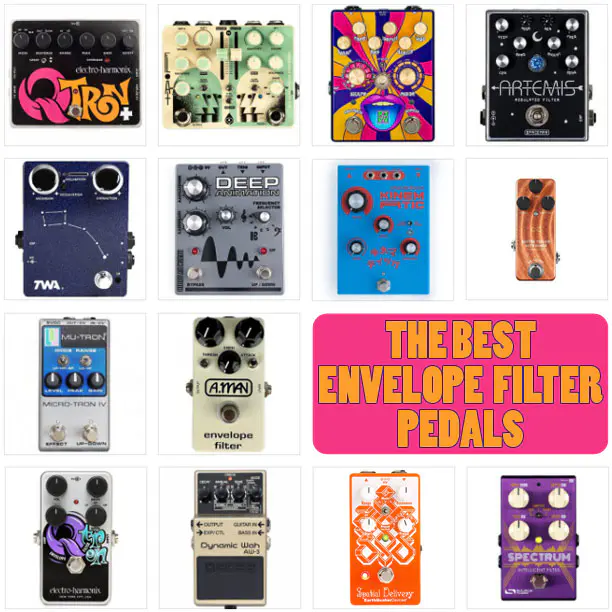
What Does an Envelope Filter Do?
An envelope filter is based on the same circuit as a wah pedal, just controlled by your playing dynamics rather than your foot. It’s a kind of effect that fits equally well in psychedelic rock a la Hendrix, classic funk rock, or even ’80s rock a la Slash – although some of the more feature-rich pedals in this rich have the potential to satisfy guitarists with experimental leanings as well.
Envelope filters detect the level of your playing and respond by moving the filter cutoff either up or down. Most pedals on this list have options for choosing between a high-pass filter (low frequencies are cut off), a low-pass filter (high frequencies are cut off), and a band-pass filter (a smaller frequency range is isolated and frequencies above and below are cut off). The Q / peak/resonance control will change the “sharpness” of the filter and increase the peak at the cutoff point, resulting in an effect more focused on a specific frequency.
The Best Envelope Filter Pedals for Guitar
Before we dive into our list of the best pedals in this category allow us to remind you that we do not cover bass pedals in this article (funk bassists tend to abuse of this effect). We organized our list of envelope filters into three categories according to size, because size ends up affecting the number of features a device can host, and the order of the pedals is mostly based on sales charts and user reviews.
However, it’s worth reiterating that filters are extremely subjective effects that can vary in sound quite a bit from device to device, so the best one for you is the one whose sound you like the best. This article should help you compare the various offering by linking a video to each pedal image.
Best Large Envelope Filter Pedals
Many of the pedals on this list have extended feature sets such as LFO shapes, effects loops, dual filters, and extra effects such as octave, compression, and fuzz! These larger format pedals are good for the tone-tweakers who really love filters and want to explore more out-of-this-world sounds.
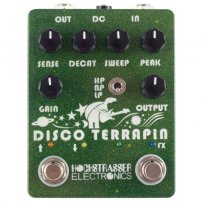
—
Best Compact Envelope Filter Pedals
Most of these small-footprint pedals include standard controls for peak, sensitivity, range, and volume and usually come with LP, HP, and BP filters. Most are analog, but those that are digital feature extended options like presets and other trigger modes like LFO and tap tempo.
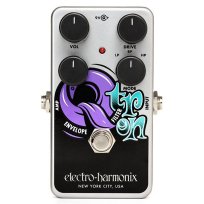
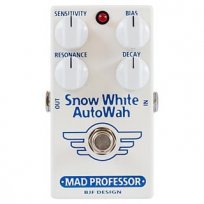
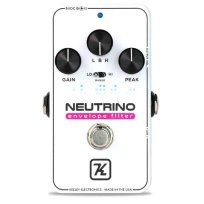
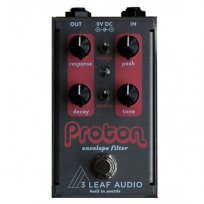
Best Mini Envelope Filter Pedals
The unmatchable price of mini pedals comes at a cost: they are all bread-and-butter designs featuring just a low-pass filter and a maximum of 4 controls.
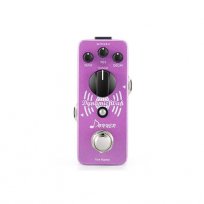
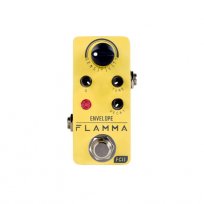
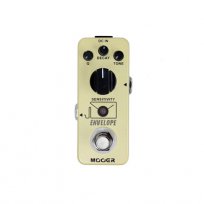
—
Relevant Videos
Introduction to Wah and Envelop Filters (That Pedal Show)
Envelope Filter Pedals and Why You NEED One! (Chris Harvey)
Seven envelope filter comparison on the guitar (Park & Franklin)















